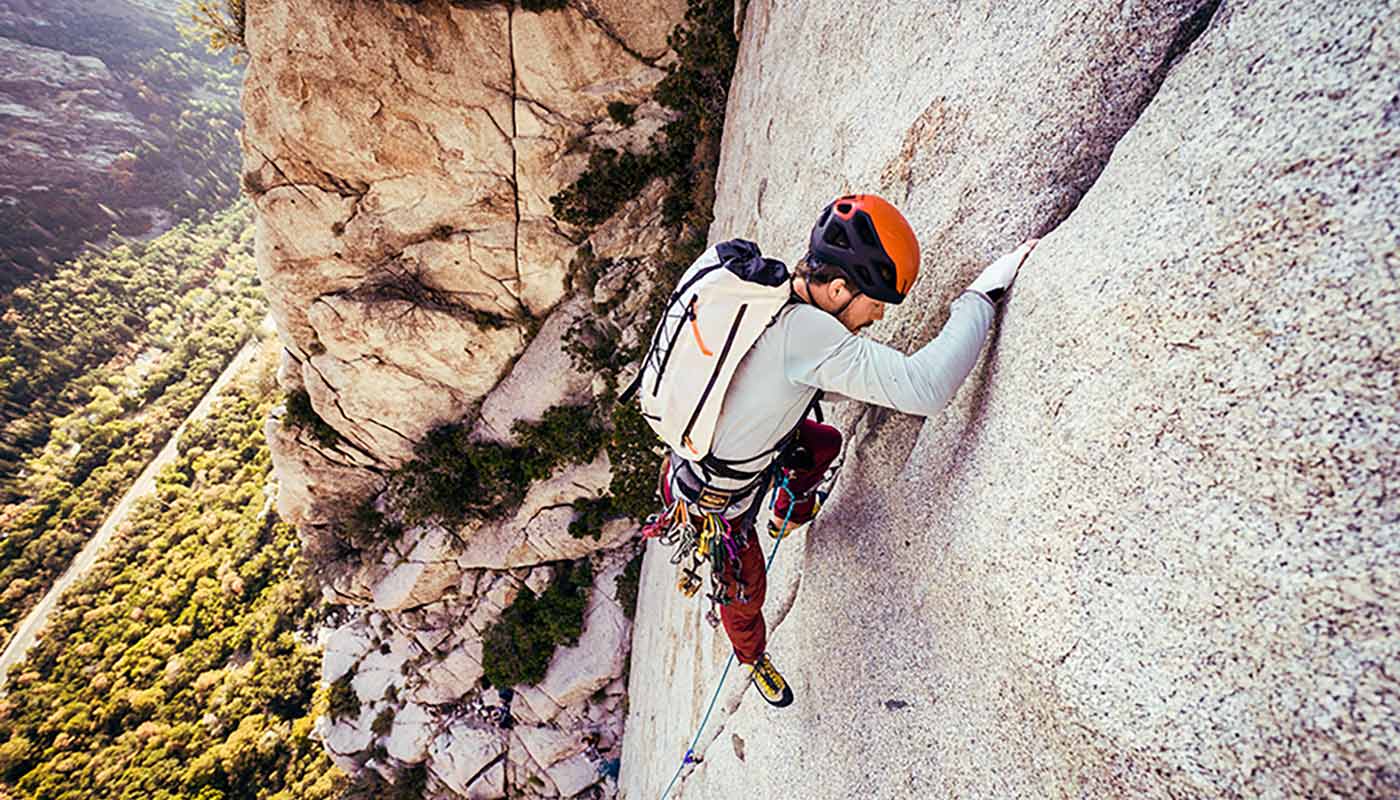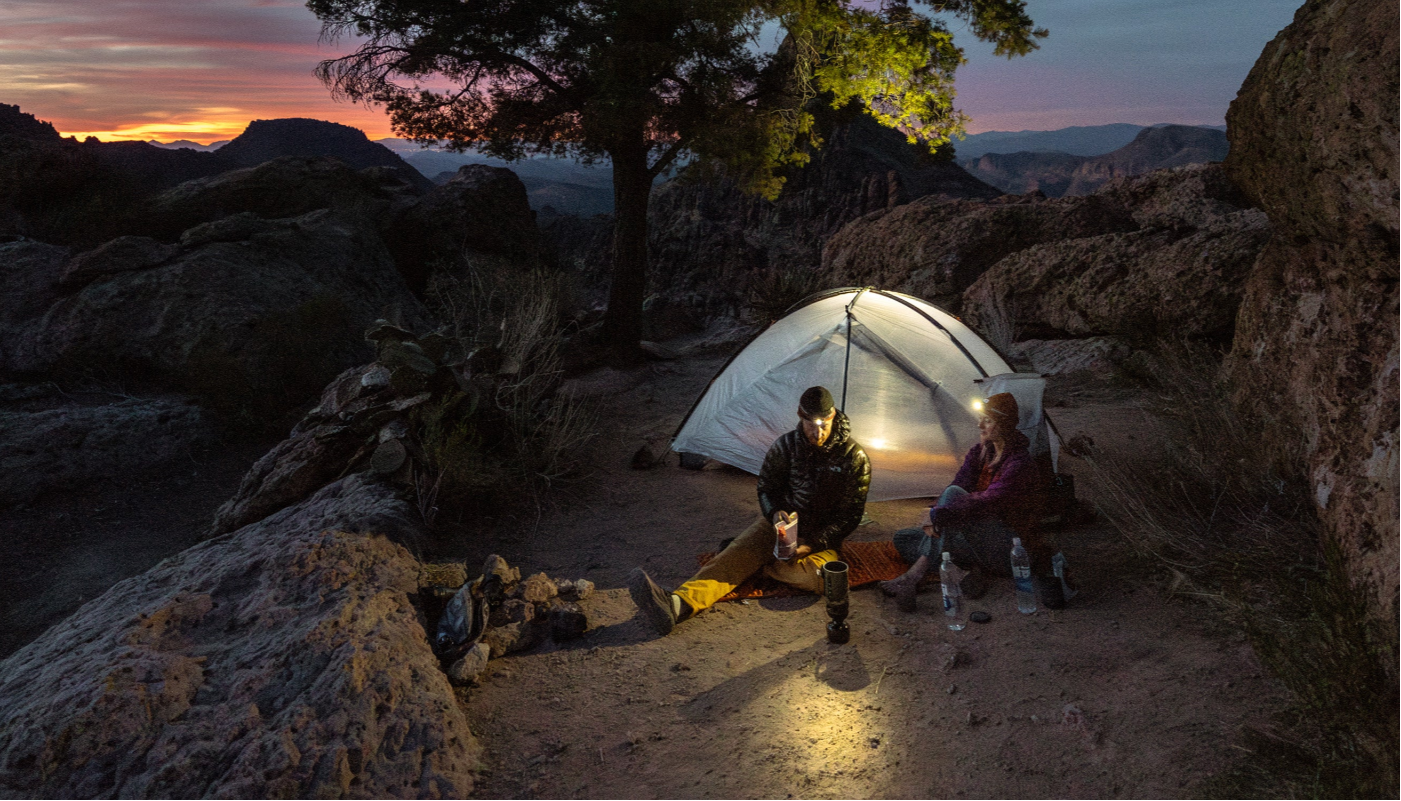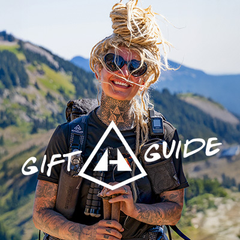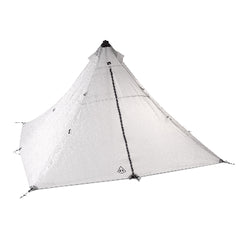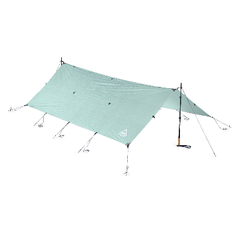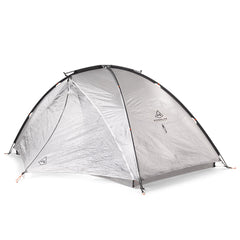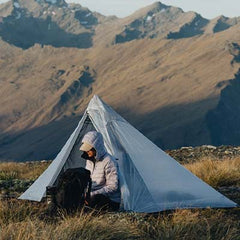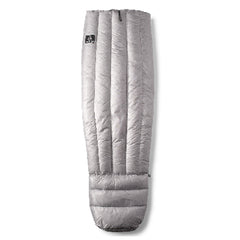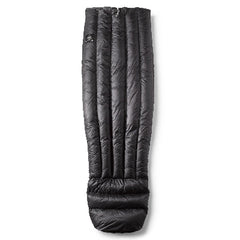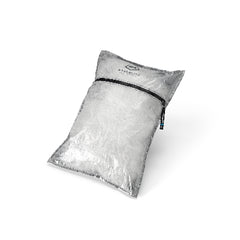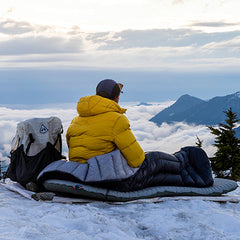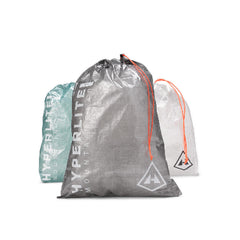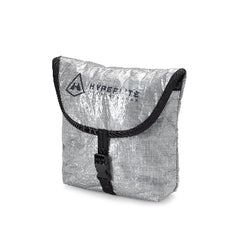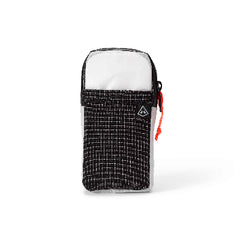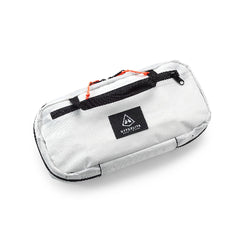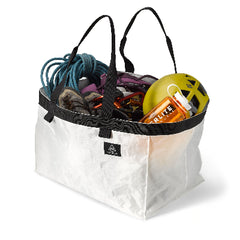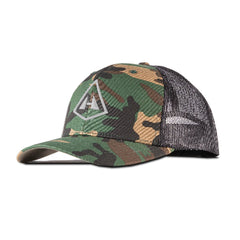Words and Photos from Mallory Duncan @galacticbrown
Skiing has been a lifelong journey for me. At times, it's been at the core of everything I love, while at others, it's been my greatest stressor. From my roots as a California weekend warrior to a ski racer to a runner to a ski coach and now a backcountry skier, the journey has been fraught with lessons, hardships, tough decisions, and joy. All along, skiing has been undeniably intertwined with my identity, and as I've grown, I've become increasingly opinionated about how I spend my time in the snow. It's ultimately taken me to a place where very few skiers reside: the specific intersection of freeriding and mountaineering. Due to the juxtaposing nature of these two sides of the sports, it's been incredibly challenging to find people simultaneously dumb and specifically skilled enough to join me on these endeavors that I've described as fun.
How did I, a mild-mannered city kid, find myself here? I can only thank my parents and, in particular, my mom. When my sister and I were kids, my father exposed us to skiing, but it was my mom who taught us the value of the sufferfest. Our first ever backpacking trip at age 10 was a 70-mile, five-day loop through the Desolation Wilderness. A feat that I have yet to repeat. It was brutal, and my 70-pound frame and 27-inch waist width were, unsurprisingly, challenging to equip. So, my mom found an old external frame backpack from the 70s, strapped two large car washing sponges to the waist belt, and called it good. We set out for the Desolation Wilderness the next day.
On that trip, we laughed, cried, then cried some more, then cried a little bit more until it became laughable again. But we survived and gained a love and appreciation for challenging things. Moreover, I started to understand the value and enjoyment of moving quickly through the rugged wilderness.

Fast forward to May 2016. My good college friend Peter Elmore excitedly welcomed me to Bend, Oregon. His plans for the week include taking me to the numerous local breweries and, most importantly, backcountry skiing at Broken Top, a popular zone near Mt Bachelor. I didn't have a backcountry setup then, so I borrowed another buddy's. As Pete described the mission, consisting of a four a.m. wake-up and seven-mile approach, I was reminded of my mother on our first backpacking trip, exclaiming, "Don't worry, it will be fun!!" It turned out to be a combination of incredibly scenic, deep challenges, physical demands, and, yes, a little fun. I did, however, vow I'd be more physically prepared next time. From there, summer flew by. I spent most of it on the river, drinking beer and whitewater kayaking–an unquestionably less demanding sport. And despite my promise to myself, I came into winter less conditioned than before.

One deep day in January, I chased Pete through the burned forest of Central Oregon's backcountry. I was starting to get my feet underneath me with this whole backcountry thing, but Pete was frothing. That day, we logged six laps and over 7,000' of vert. As we walked out, Pete declared, "It's really not a day of skiing unless you break 6,000. I mean, today, we just scratched the surface." This claim seemed a bit absurd to me. To think that this, my biggest day in history, was my first "real day" actually backcountry skiing seemed a bit elitist, and it was, but over the next six years, I would come to align more and more with Pete's outlandish perspective.
The following winter, Pete moved back East to pursue his dreams of becoming a farmer, leaving me out west partnerless and confused. However, since that initial 7,000' day with Pete, I started falling in love with big days in the backcountry. As the years passed, I aimed for days in the 5ks, then 6ks, then 7ks, and finally 8ks. As I became more familiar with the terrain, I also became increasingly picky about line selection. I wanted to ride more aesthetic features; it wasn't just about vert. It was about quality AND quantity. A particular objective became clear to me. I started thinking about it in 2019 when I first did the Three Sisters Traverse with a friend named Colin Landeck. Colin was a passionate mountaineer whose methodology is best described as a deep understanding of his lack of downhill ski proficiency juxtaposed with his incredible technical climbing ability. All this made Colin an excellent partner for me. He was knowledgeable with ropes and knots and had a never-ending power reserve. We did the traverse in 21 hours from Pole Creek to Dutchman, spanning 30 miles and 10k vert. I realized that same day, as we finished the traverse at midnight, that the ultimate line would be a Three Sisters Traverse in the opposite direction, South to North. That would allow one to ski all the most iconic and aesthetically pleasing lines in the range in one push while simultaneously completing one of the significant earmarked traverses in Central Oregon. Other than physical fitness, the most challenging part was lining up conditions and finding a partner psycho enough to join me on this death march. I knew just the guy— the newly minted farmer, Pete Elmore. He had been making an annual mid-winter trip back west, and this year, he was coming to town during what was looking to be the perfect weather window for what we were now calling "The Reverse Traverse."

We hoped to ski three lines: the Prouty on South Sister, The Diller on Middle, and the Thayer on North. You could see them all from town on a clear day. I ran the plan by Pete, and he was immediately keen. We decided the day to do it was Thursday, February 9th. We had excellent conditions for it. The snowpack was stable yet had a bit of new snow on top to make the lines soft and ridable. We departed early, at 4:20 am, and pushed our way through the dark lower forest guarding South Sister. We moved without breaking until we were at the base, had a quick snack, and got back to it.

I had nearly bonked coming up the north side of South Sister in 2019, so getting the biggest one out of the way early was nice. Still, that 4,000' always felt longer than anticipated. Dropping into the Prouty, we found windboard but discovered soft new snow part way down the face. From there, we followed rolling ancient glacial moraines to the Chambers Lake Area. There, we had our first long break.
"Halfway there, I joked."

Our next most considerable ascent sat ahead of us–the skin up the long, sustained face of Middle Sister's South slope. The wind increased halfway up the face, and the snow grew firmer as we climbed. Eventually, we had to transition to crampons—a task made particularly challenging by the gusting wind. I was hesitant about what we might find when we looked into the East Facing Diller— scoured terrain, wind slabs, more wind? I snatched an ice ball from the jagger dragon's back that guarded entry to the Diller and peered down the dramatic headwall. I tossed the ice ball, and to my surprise, it penetrated deeply.
"Well, at least it's soft!!" I yelled back to Pete.

After assessing the snowpack, we decided we felt comfortable dropping in. I dropped in first and ski cut a pocket for safe measure. Nothing went. I continued down the slope. Minus the semi-flat light, those turns were some of the most glorious I've had. Pete dropped in and skied the first section beautifully–precise and rhythmic. However, I could tell he was losing steam partway down the slope. We were nearing 7000' of climbing, and the line was long, steep, and technical. He stopped to catch his breath, then finished the line. He slid across the Hayden Glacier towards me, hands on his knees, visibly exhausted. He shook it off, and we kept moving.
At the base of North Sister, a few minutes later, as Pete started to slow, I realized the irony of this situation. Here I was, the apprentice to Pete, dragging him along on this quest that was supposed to be "fun." He had become me, the excited yet unprepared crewmember starting to lose motivation. Meanwhile, I was fired up, feeling strong, and ready for another lap. We had come full circle. He had flipped the script on me and I on him. These mountains had become my home, and these extended missions were my mode of operation.

